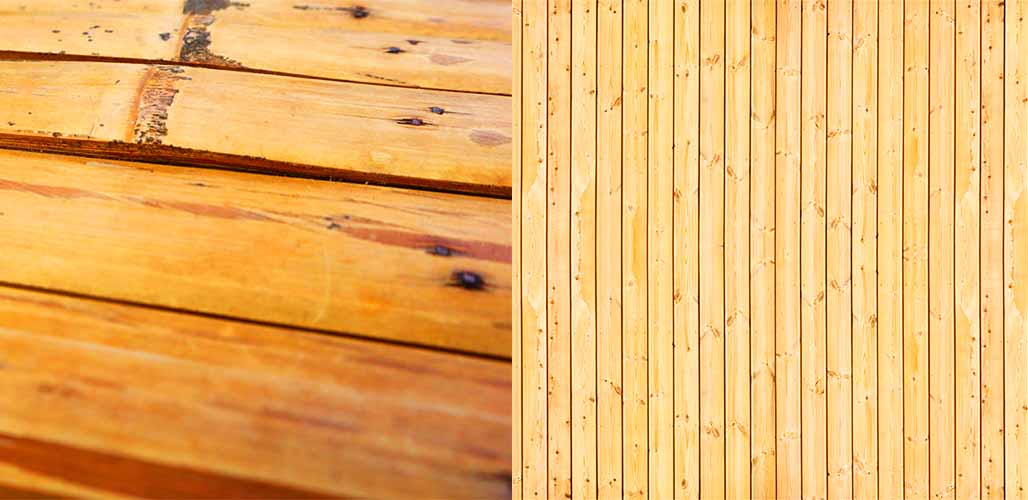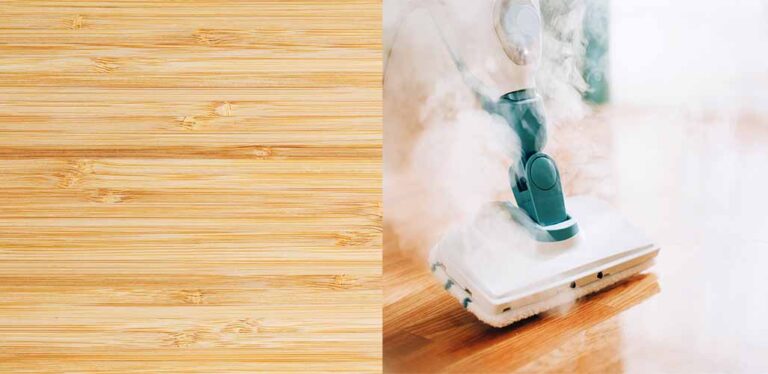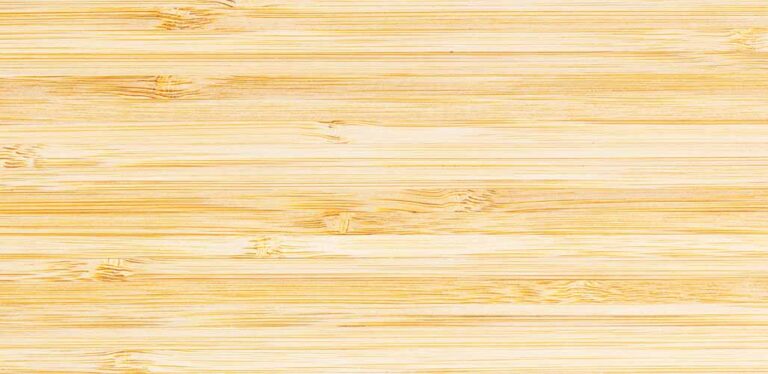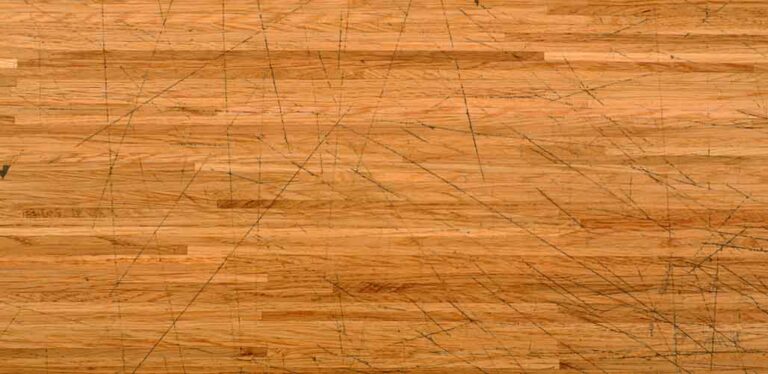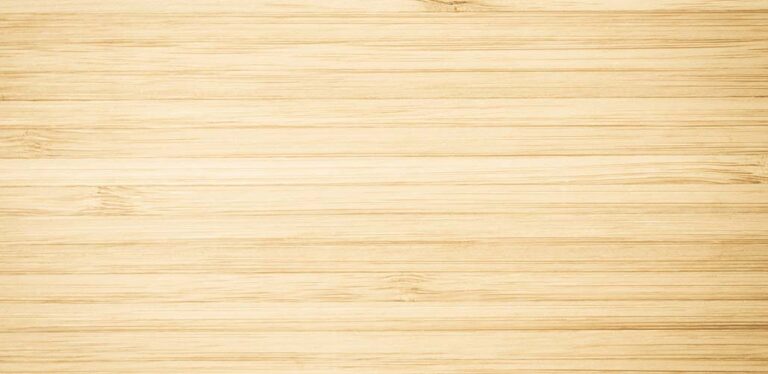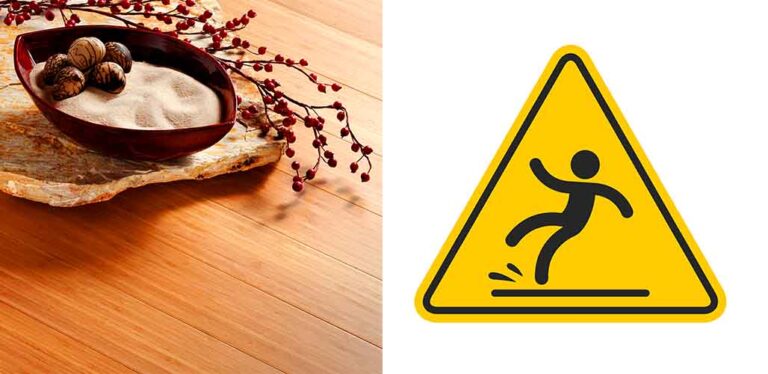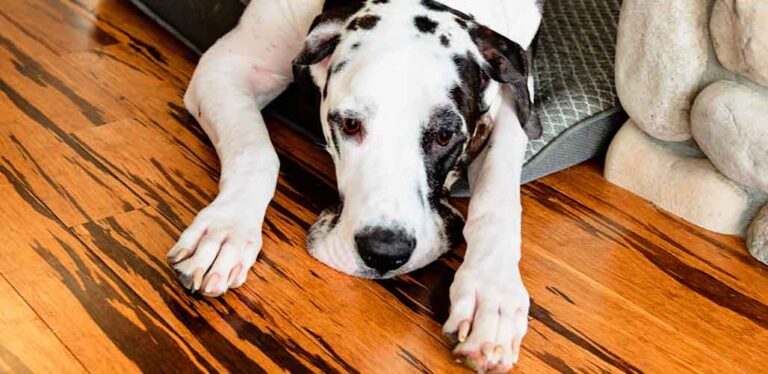Why Is My Bamboo Floor Separating?
Bamboo flooring has quickly become one of the favorite options in interiors for its natural beauty, durability, and competitive price. More than that, it is also easy to maintain and refinish. But like hardwood, bamboo floors are prone to shrinkage. This natural response to environmental changes causes the boards to separate. Today I’ll share the reasons why your bamboo floor is separating, and top tips for what you can do to stop it from happening again.
Contents
- Why is my bamboo flooring separating?
- Common causes of separating bamboo flooring
- How do you fix a separated bamboo floor?
- Can you waterproof bamboo flooring?
- Bamboo floor care tips to prevent separating
- How long do bamboo floors last?
Why Is My Bamboo Flooring Separating?
Bamboo flooring separates as the planks shrink due to changes in temperature and humidity. Because it is a natural material, bamboo expands when it absorbs moisture and shrinks when it loses moisture.
Not all bamboo floors are created equal, though. Good quality bamboo flooring is much more water-resistant and is less prone to shrinkage and damage. Completely waterproof bamboo is not available but there are ways to avoid bamboo shrinkage and fix separating bamboo flooring.
Common Causes of Separating Bamboo Flooring
Bamboo floorboards separate when moisture loss causes them to shrink. How much moisture is lost, and how obvious the gaps between the boards get, depends on several factors:
- Poor brand quality
- Not following recommended runs
- Low interior humidity
Poor Brand Quality
Bamboo is a natural product and inevitably varies in quality and suitability for turning into floorboards. In addition to this, manufacturers have different ways of processing their products. Some manufacturers process bamboo into flooring materials even before it is fully cured. This means the boards are still partially ‘wet’ upon delivery to consumers. Then, the flooring starts to shrink in their care. Choose your brand wisely and read legitimate reviews to avoid poor-quality bamboo flooring products.
Poor installation
Poorly fitted bamboo flooring will show flaws like gaps faster. Use an experienced fitter who is knowledgeable about different floor types and materials and how to get the most out of them. Make sure they’re using a suitable underlayment, and don’t schedule them to fit the floor during exceptionally humid weather.
Low Interior Humidity
The ideal relative humidity level of a room with bamboo flooring should be stable at around 30%-50%, according to the National Wood Flooring Association. If you live in an area that experiences constant low humidity levels, the chance of shrinkage and warping is higher. Humidity is generally highest in summer, and lowest in winter. But modern air conditioning and central heating affects the humidity in our homes a lot.
Buying a humidity monitor to measure humidity in your home is a good value investment if you consider that the alternative is paying for a whole floor only to discover it isn’t suitable!
How Do You Fix a Separated Bamboo Floor?
Gaps in bamboo flooring often become more and more noticeable with time. Fortunately, there are several ways to fix gaps in bamboo flooring.
- Adjust the boards
- Use wood filler
- Use homemade filler
- Camoflage gaps with filler strips
Adjust the Boards
Some types of floor board can be adjusted to close gaps. It’s best done by someone with experience, and unfortunately it usually means emptying all the furniture from the room. But For big gaps, it may provide the best long term results.
Remember that it is important to leave an expansion gap at the edge of the room. This gap gives your floorboards some room to expand. Without an expansion gap, the bamboo flooring is likely to warp when humidity levels change.
The expansion gap can be hidden under baseboards, or filled with a compressible material, such as cork.
Use Wood Filler
Small gaps in bamboo flooring may be covered with wood filler. Apply the wood filler with a putty knife and wait for it to dry before sanding. Some types of wood fillers come in a wide range of colors. You can easily find a color that is closest to your flooring.
Use Homemade Filler
You may also use homemade filler, especially if it’s difficult to match the consistency of your floorboards. You just need to combine some sawdust and resin filler until they form into a thick paste. Apply it like ordinary wood filler before sanding.
It is better to use dust from floorboards as what you have, otherwise, choose a wood that is the closest match. Home-made fillers work best on small gaps, though, around 5mm only.
Camoflage Gaps with Filler Strips
Filler strips may be inserted between the flooring boards to cover large gaps. These are fine sticks of the same color and kind. It is also necessary to sand the filler strips after the process for a smooth, attractive finish.
Can You Waterproof Bamboo Flooring?
There’s no way to make bamboo flooring completely waterproof and resistant to ambient humidity, but floor manufacturers treat bamboo to improve water resistance. Additionally, you can apply a waterproof sealant on your floorboards for protection against moisture and damage.
Bamboo Floor Care Tips to Prevent Separating
Maintaining the indoor humidity level to at least 30% helps a lot in keeping the balance between warmth and moisture ideal for bamboo flooring. Still, there are other simple ways to avoid shrinkage and prolong the lifespan of your bamboo flooring.
- Spot-dry spills. Don’t let any liquid sit on your floor for long periods. Dry it as soon as possible. You may use a microfiber cloth to absorb water that penetrated deep down.
- Dry after mopping. It is okay to mop bamboo flooring to clean but don’t let it dry on its own. Follow the process with a dry cloth.
- Seal underlayment. Use a vapor barrier to seal the underlayment and avoid moisture from seeping through your bamboo flooring.
- Apply sealer. There are several types of sealers for bamboo flooring. Make sure to choose one that will not only provide protection for your flooring but is also safe to use. Watch out as most fillers contain VOCs. They can last for up to 30 days on flooring.
How Long Do Bamboo Floors Last?
Bamboo floors last between 10 and 25 years on average. High-quality bamboo flooring can still look good after 50 years with proper care and maintenance. The Janka hardness scale is one way to tell the hardness of bamboo flooring. Bamboo flooring with a higher rating is typically longer-lasting due to its higher resistance to dents and dings.
Why is My Bamboo Flooring Separating?
Bamboo flooring shrinks when it loses moisture, which results in separated flooring in the long run. It is bamboo’s natural response to warmth and moisture. Separated bamboo flooring can still be fixed with different types of fillers and simple adjustments. It can even reach its expected lifespan with proper care.
Have You Had Problems With Bamboo Flooring?
Let us know what happened and if you’ve managed to resolve it using the comments box down below!
More Tips For Floors
- Why isn’t my bamboo floor shining any more?
- What is the easiest floor to keep clean?
- The cost of wide vs narrow plank floors
- How to erase black marks on bamboo floors
- What makes bamboo flooring good?
- Why does bamboo flooring become slippery?

